More than half of families in the US live in “asset poverty.” A
recent study found that more than 63 percent of American children and 55 percent of Americans live in “asset poverty”. This means they have few or no assets to rely on in the event of a
financial emergencysuch as a job loss, a medical crisis, recessions, or natural disasters.
In a
press release, study co-author
David Rothwell, an assistant professor in OSU’s
College of Public Health and Human Sciences, explained that when families lack assets such as vehicles, homes, savings accounts or investments, surviving a financial crisis is very difficult. “This is a dimension of financial security that we don’t think about that much, and it’s pretty high. The findings highlight the extent of financial insecurity among American families. These shocks ripple through the family and down to the children,” Rothwell
said.
The study was published in the journal
Children and Youth Services Review earlier this year. Co-authors are Timothy Ottusch of the University of Arizona and Jennifer Finders of Purdue University.
Living in poverty can have devastating impacts on children, as the
press release explains:
Rothwell studies poverty and its impact on families and children. Experiencing poverty in childhood can have lifetime impacts for those children; past research has shown that children who grow up in poverty are more likely to struggle in school, have lower job earnings throughout life and experience family instability as adults.
A growing body of research suggests that parents’ asset levels also predict academic achievement, educational expectations, and the likelihood of college enrollment and graduation. Families with assets that can be used when income is disrupted are also likely to experience less financial stress and strain.
Yet asset poverty is higher than income poverty for children and families. In a 2018 study of Canadian families, researchers, including Rothwell, found that asset poverty was two to three times more prevalent than income poverty. Families can have adequate day-to-day funds but be asset-poor and would likely struggle during a financial shock. (
source)
According to the National Low Income Housing Coalition, renting is becoming increasingly unaffordable for many Americans. In its latest
“Out of Reach” report, the organization explains that the struggle to find affordable housing is not limited to those earning minimum wage or the unemployed.
The report’s central statistic is the Housing Wage, which is an estimate of the hourly wage a full-time worker must earn to rent a home without spending more than 30 percent of income on housing costs. For 2019, the Housing Wage is $22.96 and $18.65 for a modest two and one-bedroom apartment respectively based on the “fair market rent”.
The average renter’s hourly wage is $1.08 less than the Housing Wage for a one-bedroom rental and $5.39 less than a two-bedroom rental. That means that an average renter in the U.S. has to work a 52 hour week. To put this in perspective, a median-wage worker in eight of the country’s largest ten occupations does not earn enough to afford a one-bedroom apartment.
An employee earning the federal minimum wage ($7.25 per hour) would have to work 127 hours every week (equivalent to more than two full-time jobs) to afford a two-bedroom apartment.
This is not just a regional issue. There isn’t a single state, metro area, or county in the U.S. where a full-time employee earning the minimum wage can afford to rent a two-bedroom property. To explore data for your area, enter your zip code in the box below the map on this page:
Out of Reach 2019.
According to the report, the ten jobs that are expected to see the biggest growth over the coming decade are those that pay less than the wage needed to afford housing – and that is likely to result in an even greater disparity between wages and housing costs by 2026, as this infographic from
Statista illustrates:
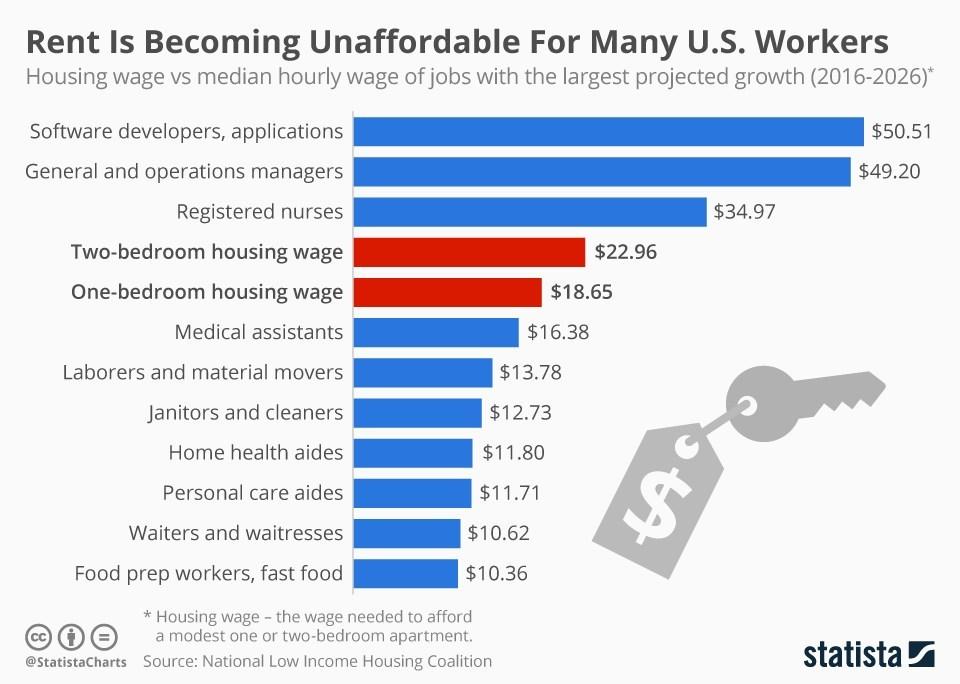
More at:
https://www.zerohedge.com/news/2019-...k-and-its-just




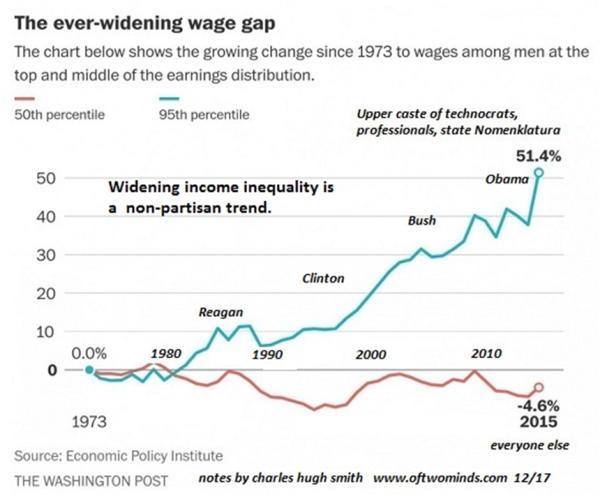
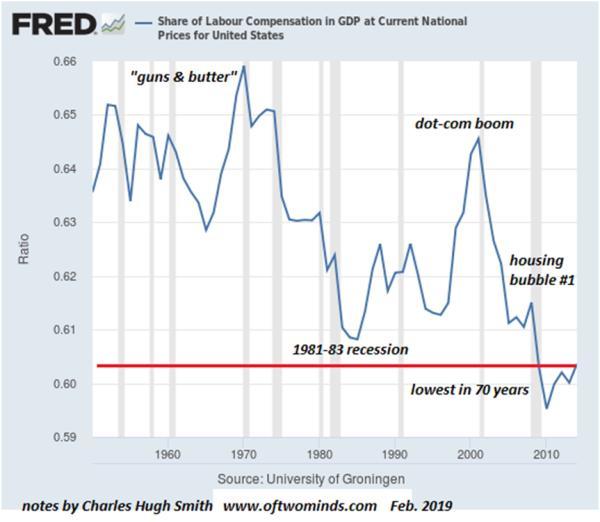

 Reply With Quote
Reply With Quote

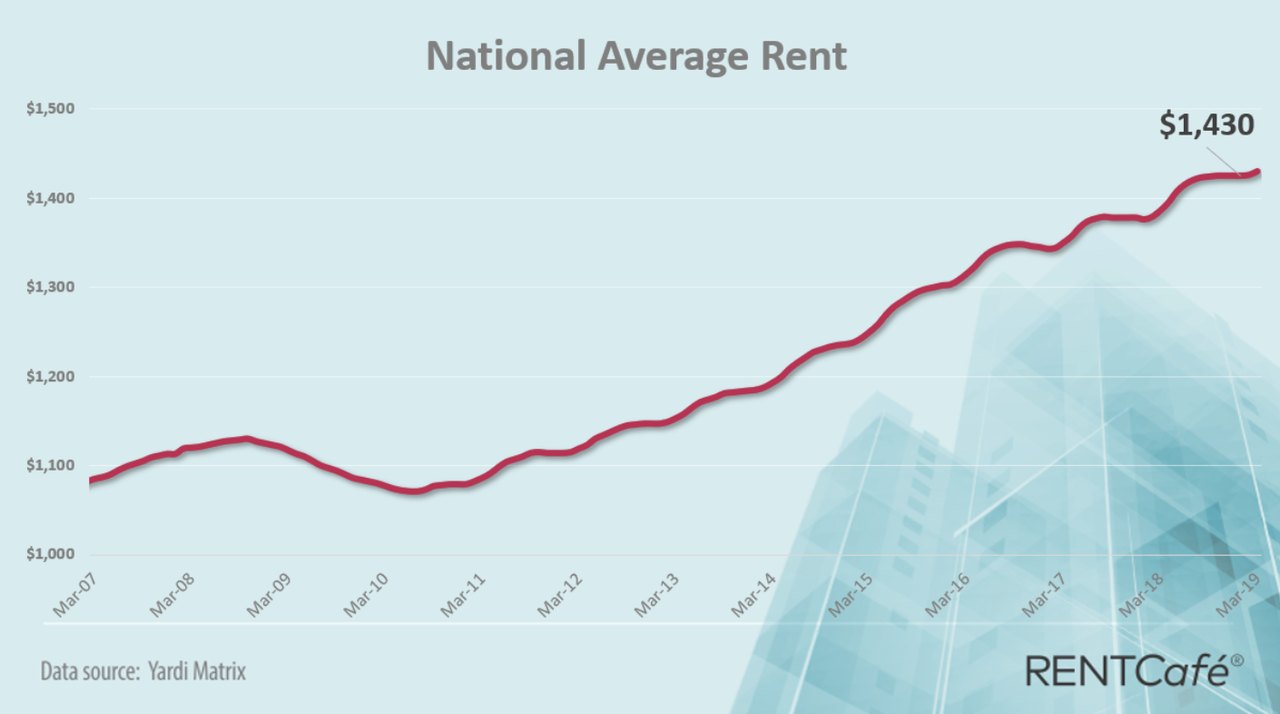
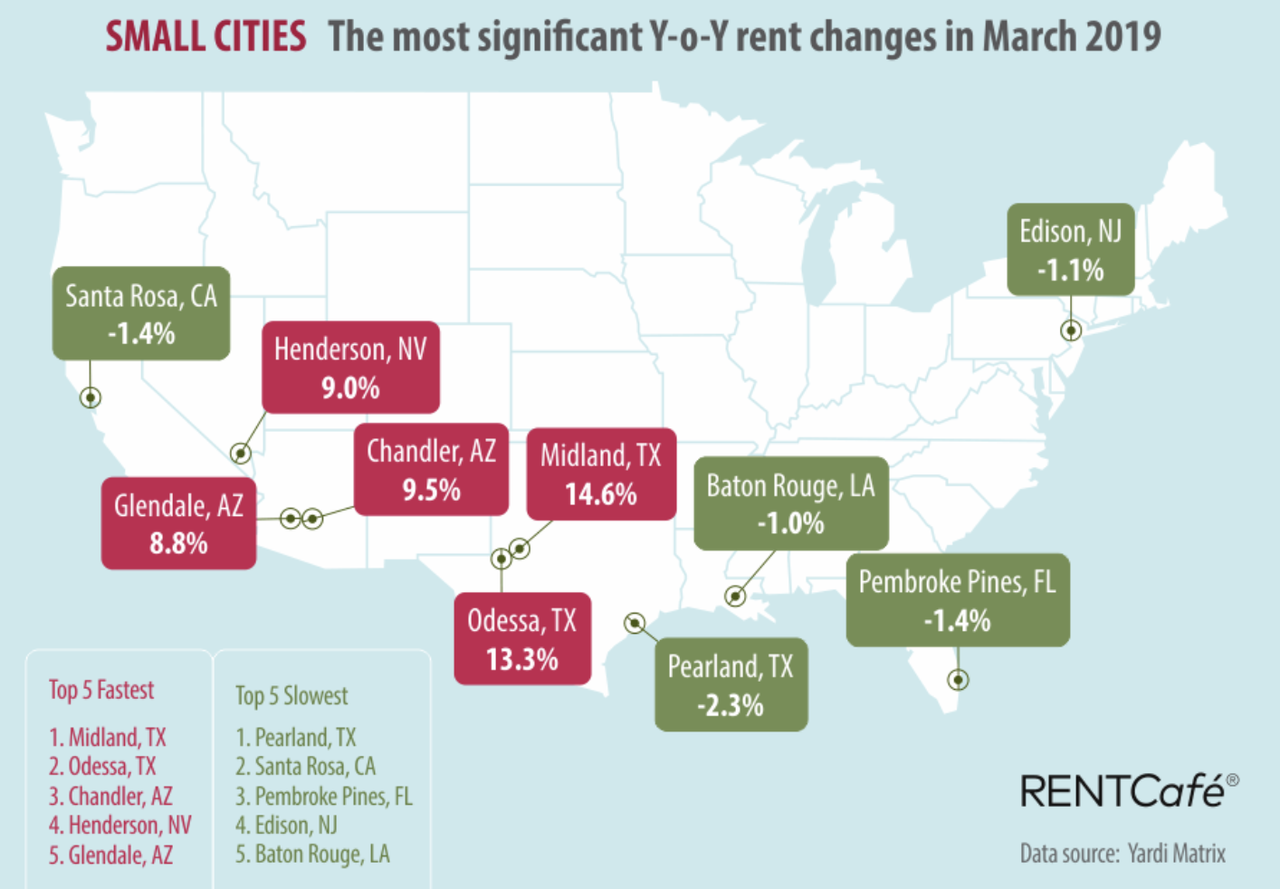
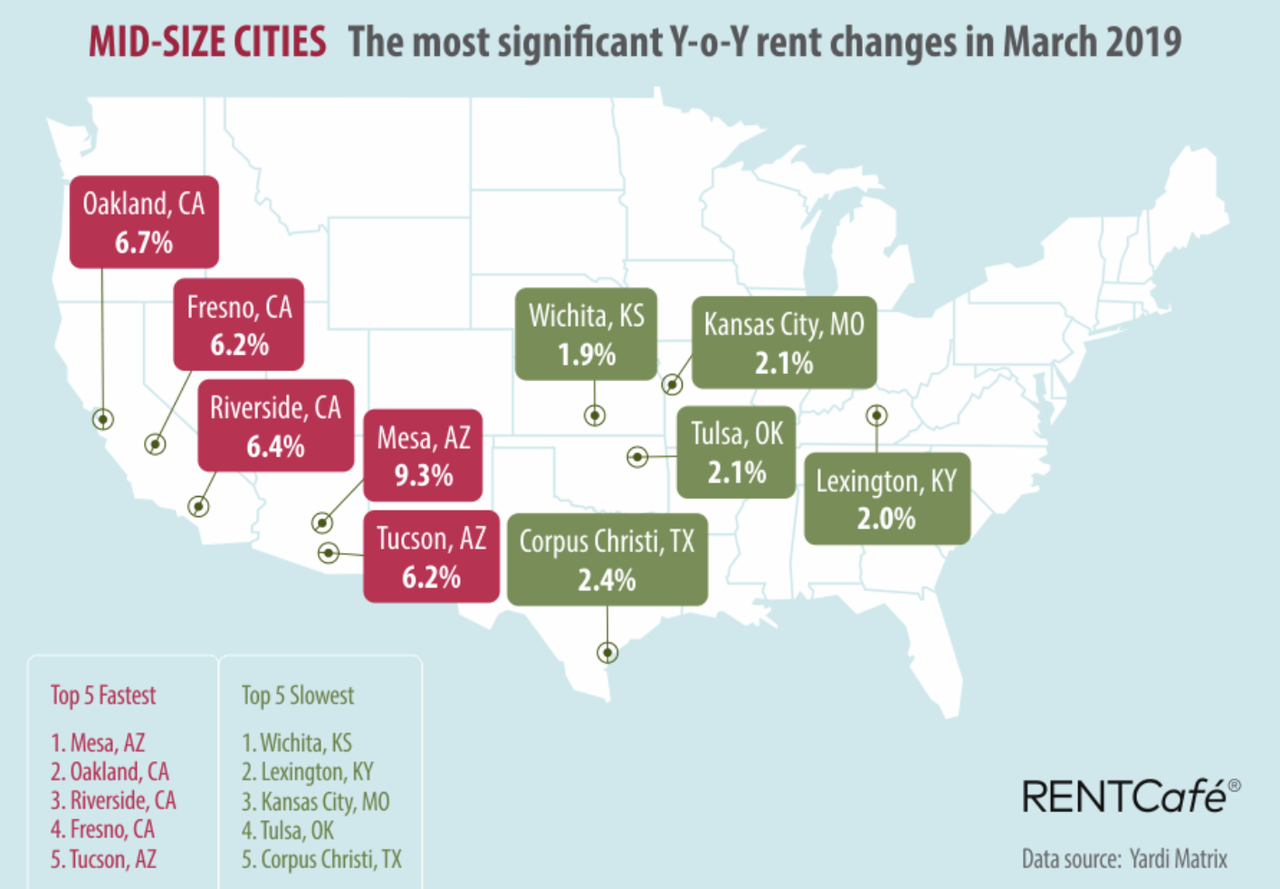
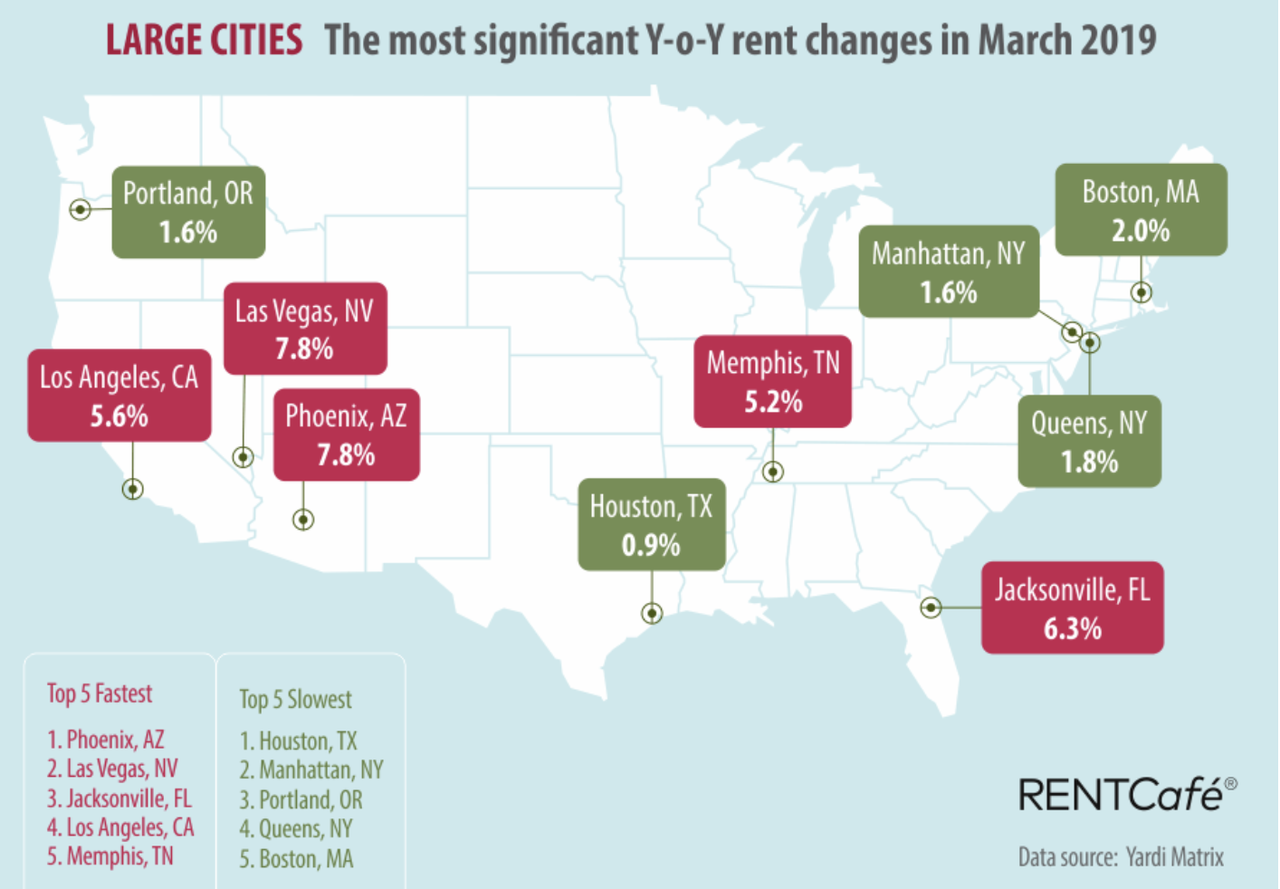
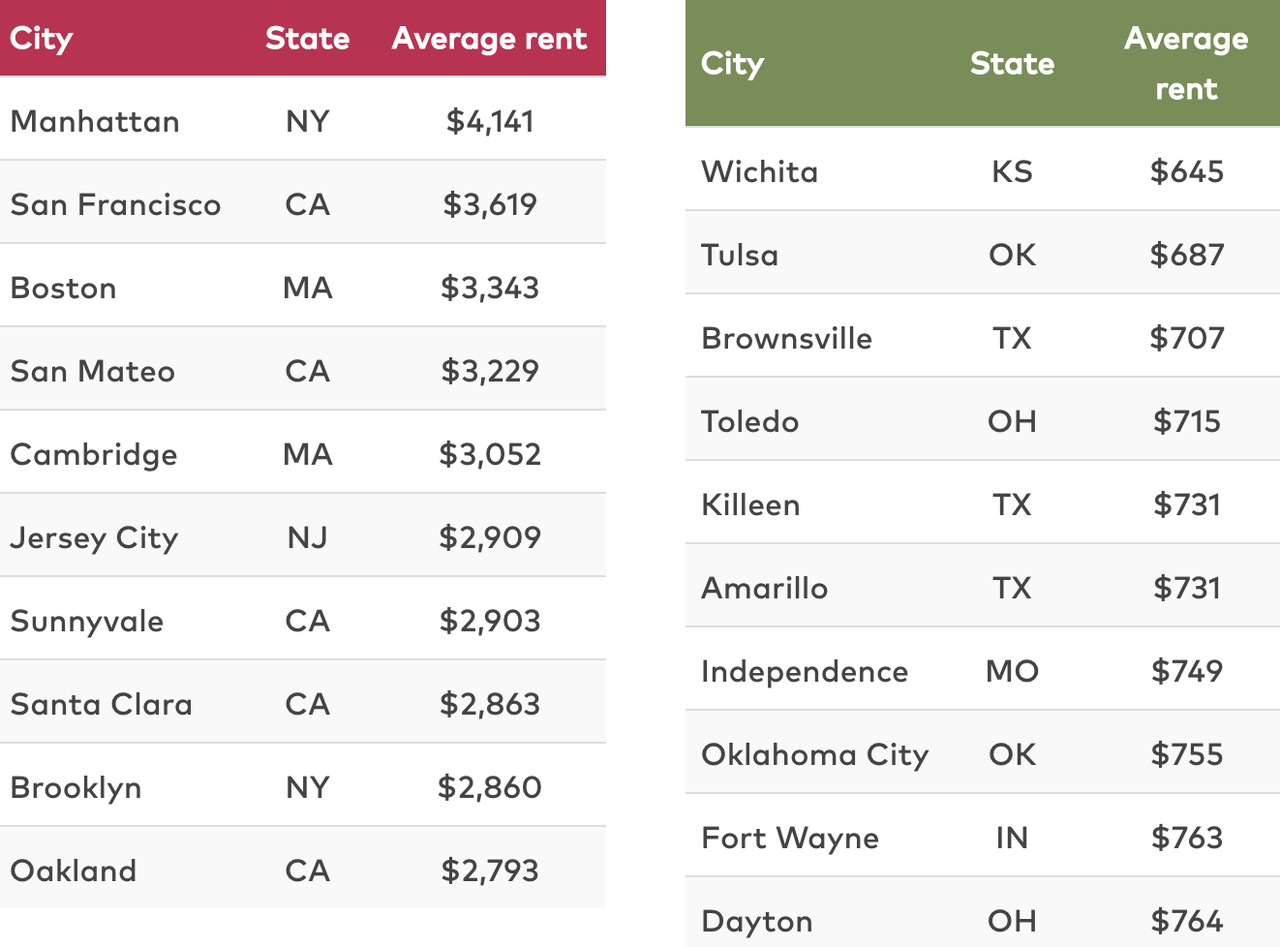
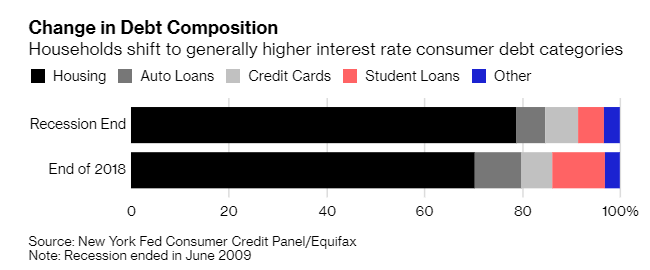
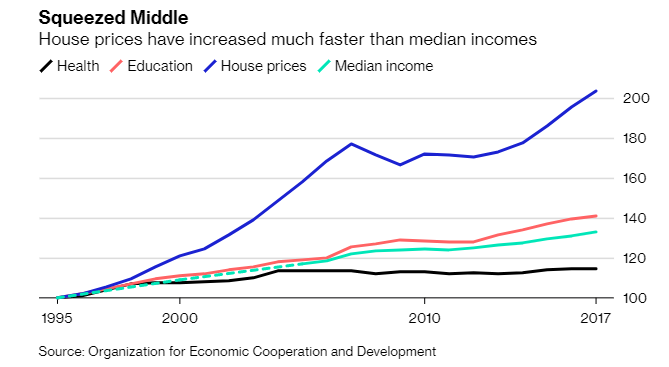
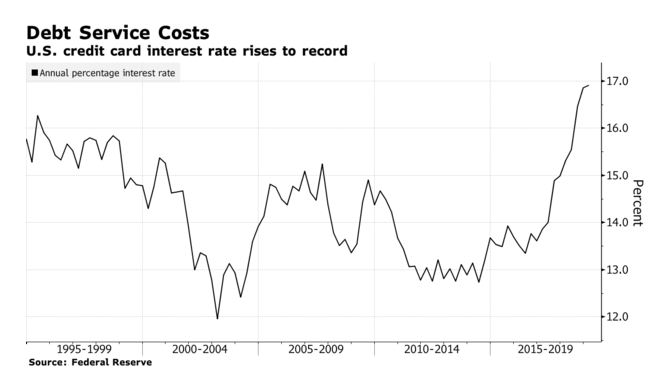
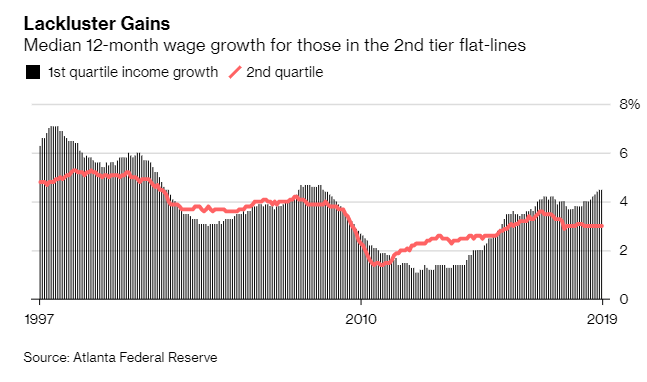
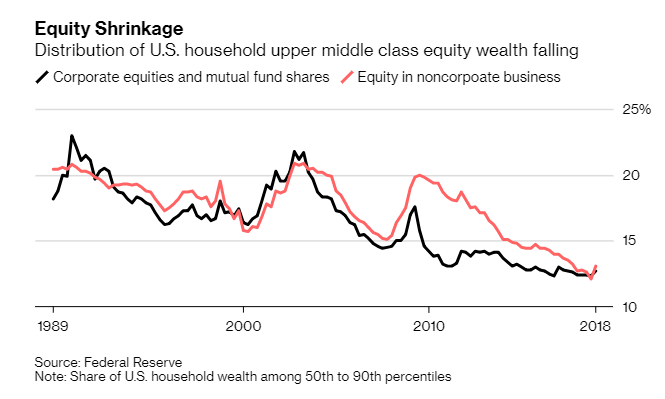
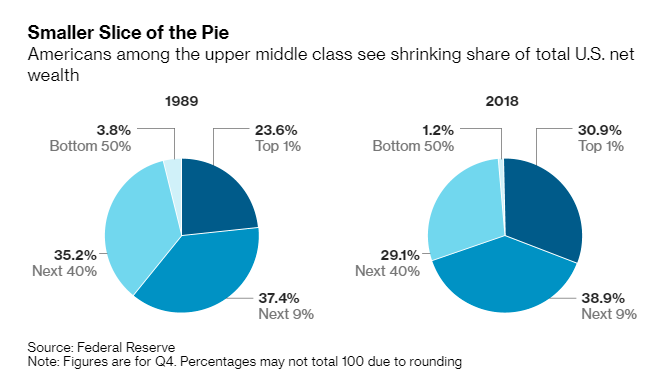
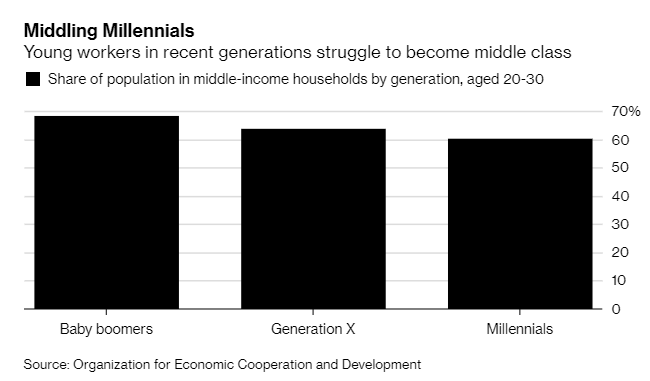

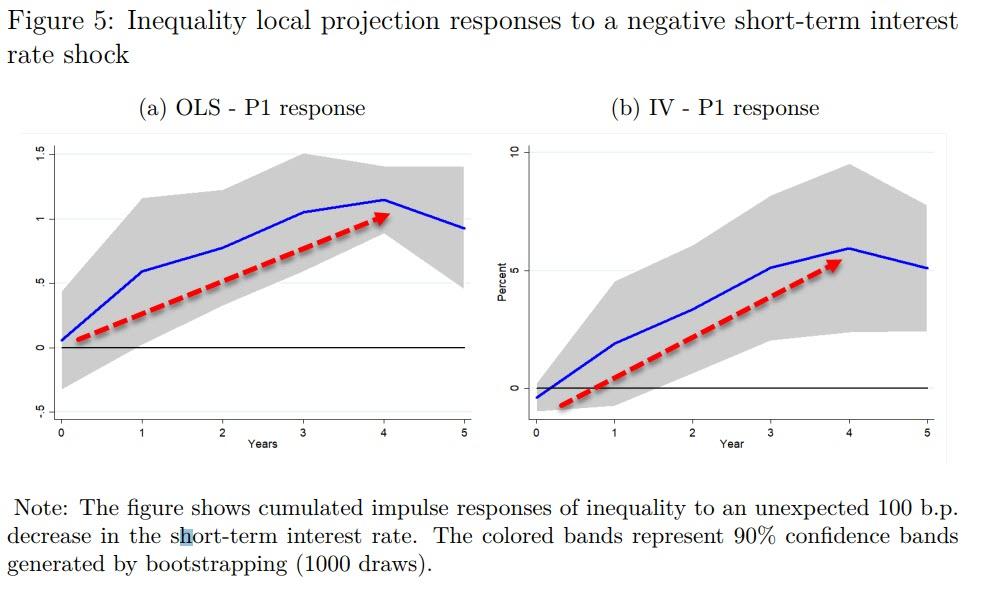
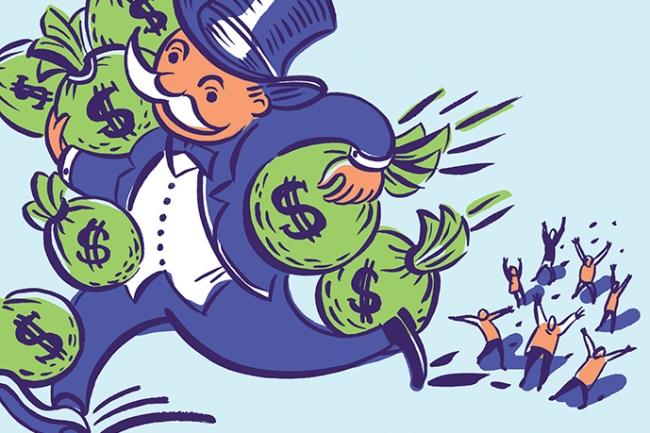


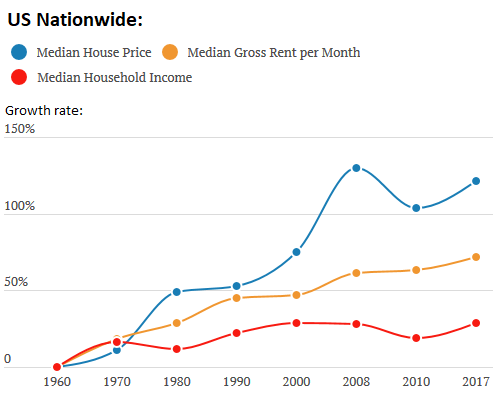
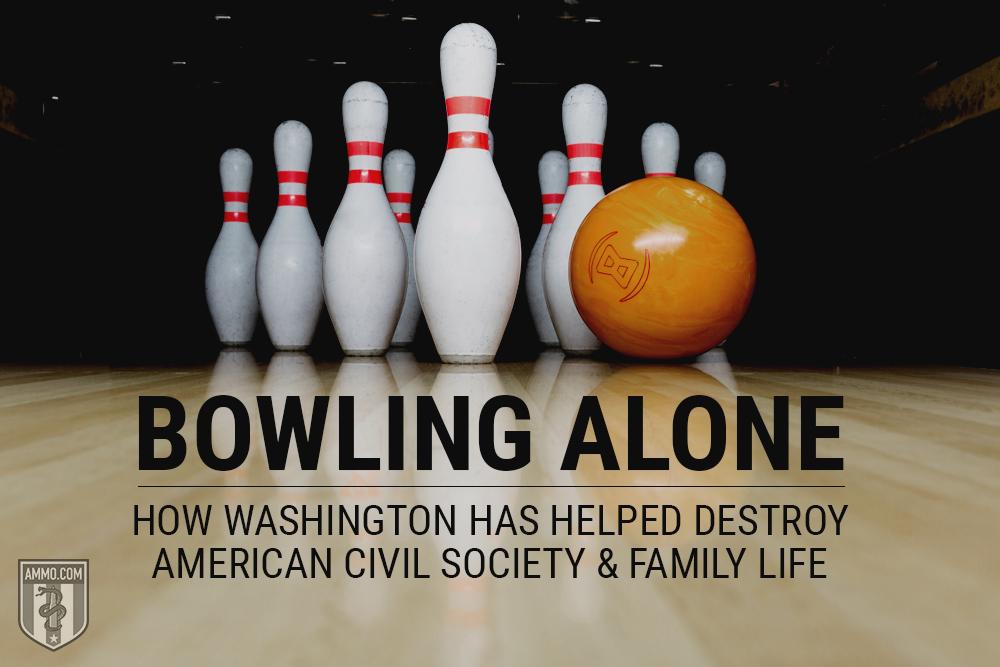

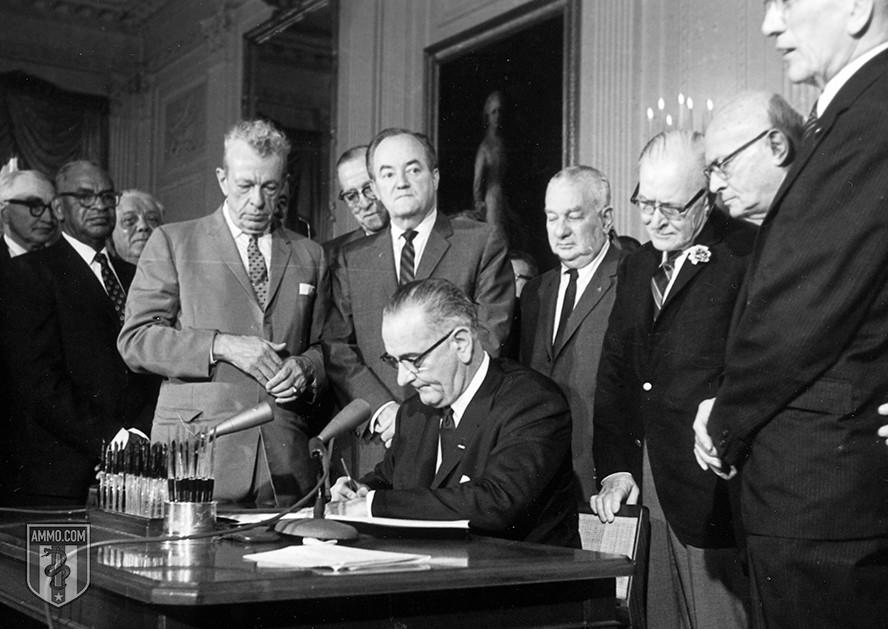


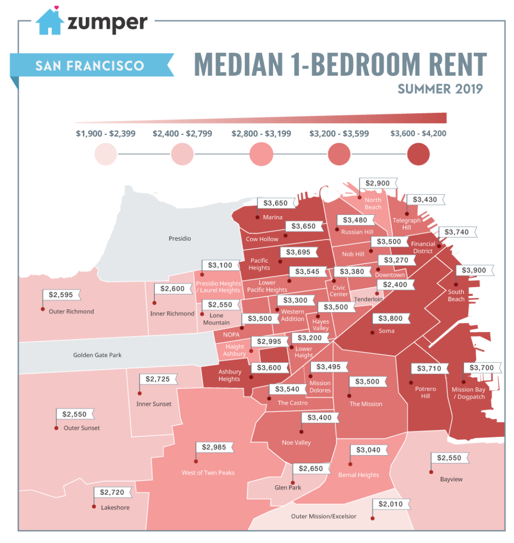

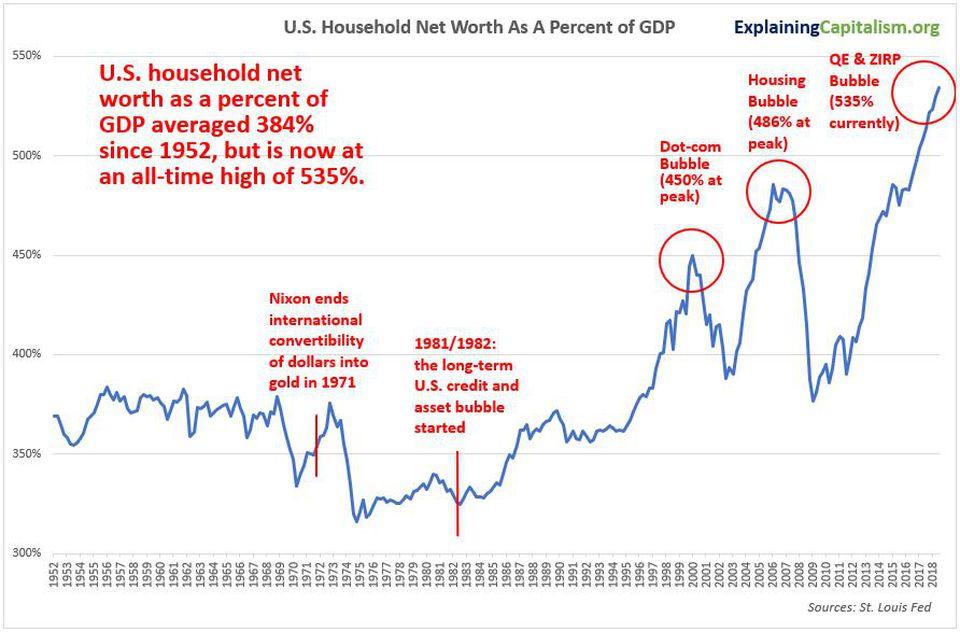
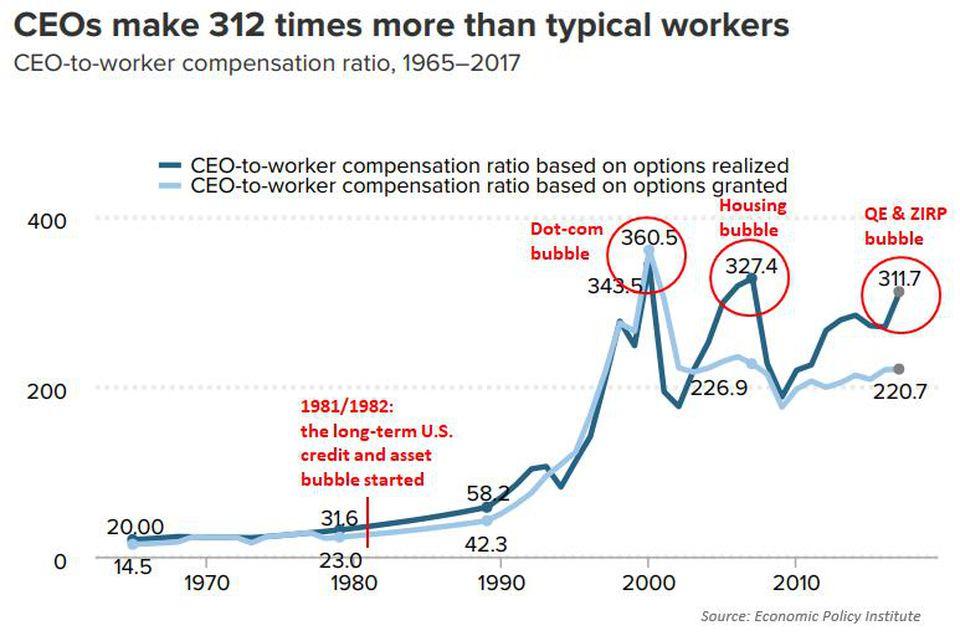

Connect With Us